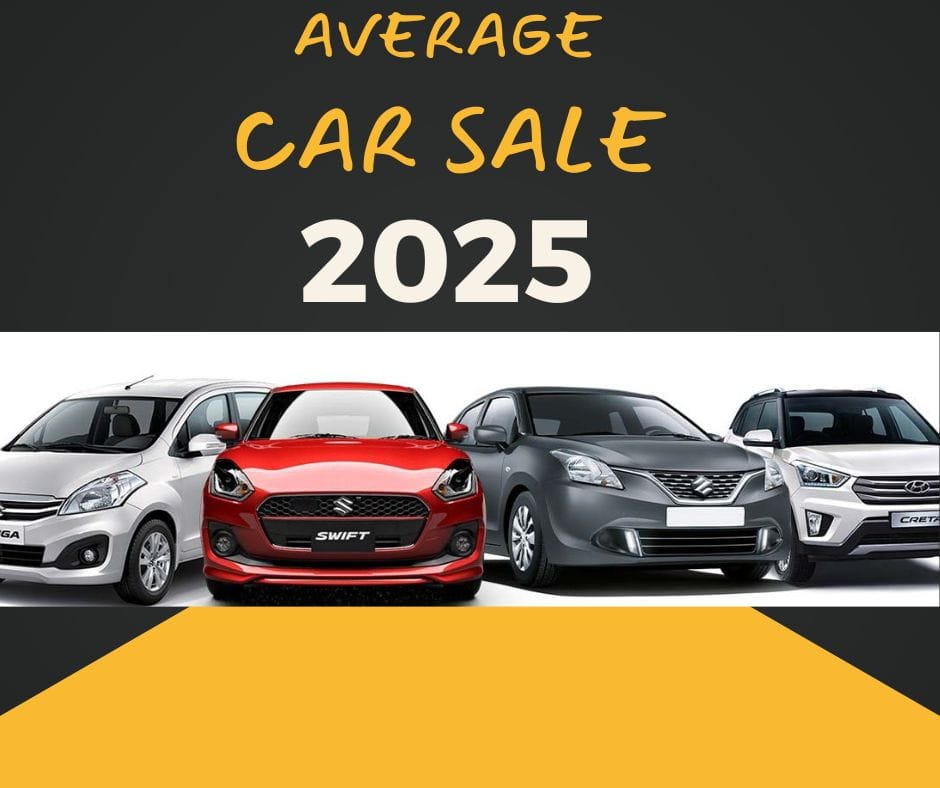Tata Altroz Facelift 2025 vs Hyundai i20 2025 — The mid-premium Hatchback Face-Off in India
Hyundai i20 2025 VS Tata Altroz 2025: Safety, mileage, features, performance, & price comparison. Which hatchback triumphs in India’s premium market?
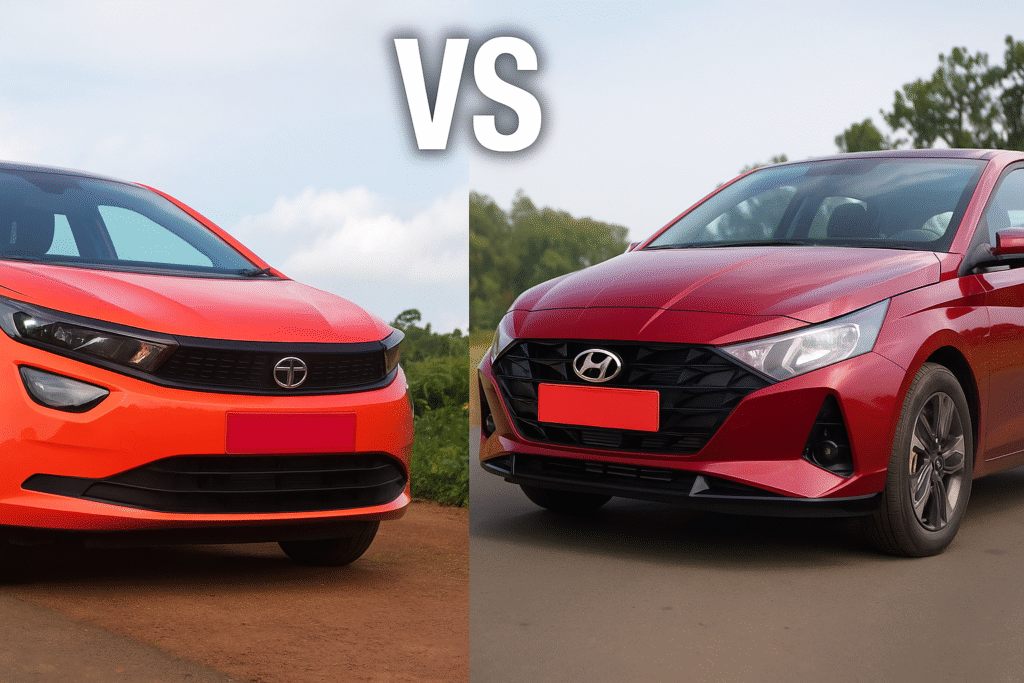
“Two hatchbacks enter a dealership. One’s tank-built, the other silky smooth. Only one will steal your heart. Who’s it gonna be?”
India’s premium hatchback space is also enjoying its own Bollywood blockbuster of a moment — with two familiar winners reprising their roles: the all-new Tata Altroz Facelift 2025 and the ever-changing Hyundai i20 2025. These are no longer average budget sedan — they’re style statements. While one sports safety like a shield and feels home-like on bumpy Indian roads, the other glides through city roads with grace and tech attitude.
Let’s take you on a fast-paced, high-revving ride through their history — one surprise, one gear, and one quick fact at a time.
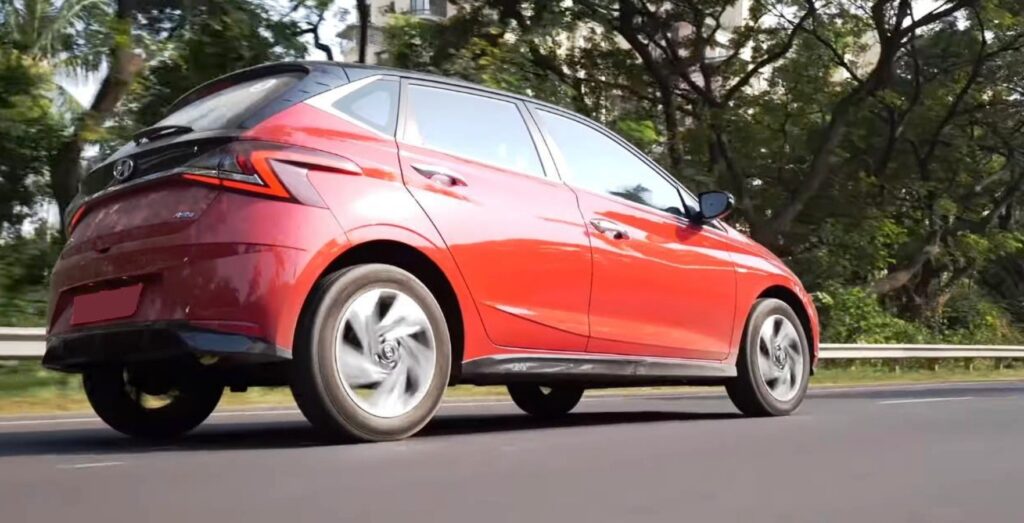
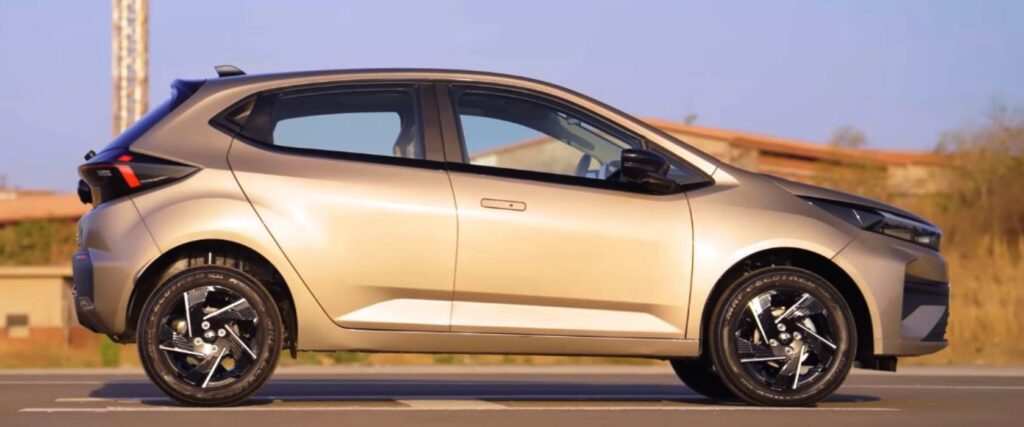
A Brief Look in the Rear-View Mirror
The Tata Altroz, ever since its launch in 2020, has made a mark as India’s safest premium hatchback. It didn’t just mark boxes — it broke them. Solid steel build, diesel engine, and a five-star Global NCAP safety rating. And now, in 2025, Tata returns with it sharper, more feature-laden, and toothed to the grille.
Meanwhile, Hyundai’s i20 has always been the city sweatheart. From its humble origins to the tech-laden beauty it is today, it’s earned its spot as the go-to for young professionals, city slickers, and first-time car buyers. The 2025 version keeps that legacy alive — but with sleeker styling, smoother drives, and a badge of sophistication.
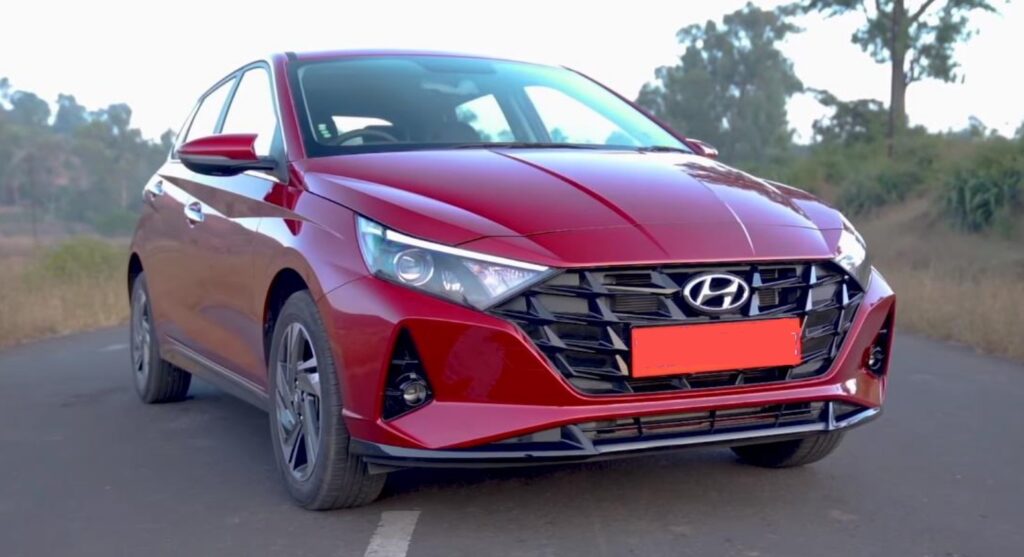
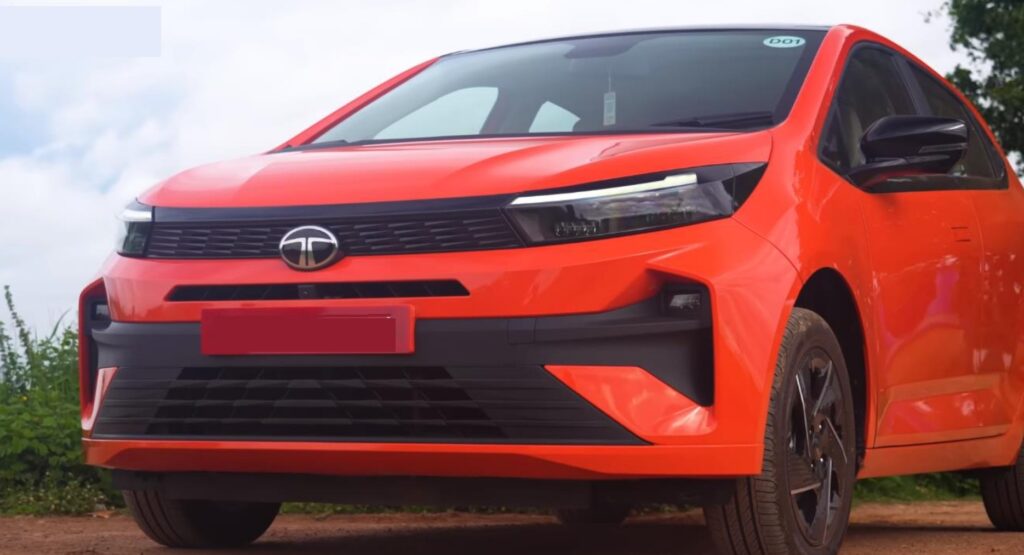
Interiors and Features — Home is Where the Dash Is
Get inside the Altroz, and you’re met with a cabin that’s like a class upgrade. The facelift also gets you new dual-tone interiors, leatherette seats, and at last, a premium touchscreen interface that doesn’t lag like your uncle’s 3G phone. Throw in ventilated seats, an air purifier, wireless charging, and even a 360-degree camera — and you’re driving around in a car that costs like a hatch but thinks like a segment-up.
Now switch on the ignition in Hyundai i20, and the cabin is like a minimalist technology startup. You have a completely digital cluster, hovering infotainment, voice control, and connected tech through Bluelink. It’s cool, it’s intelligent, and it feels like it is made for someone who requires three apps to order a cup of coffee. The plastics are slightly superior to Altroz, but some versions skimp on goodies — unless you opt for the top-of-the-line.
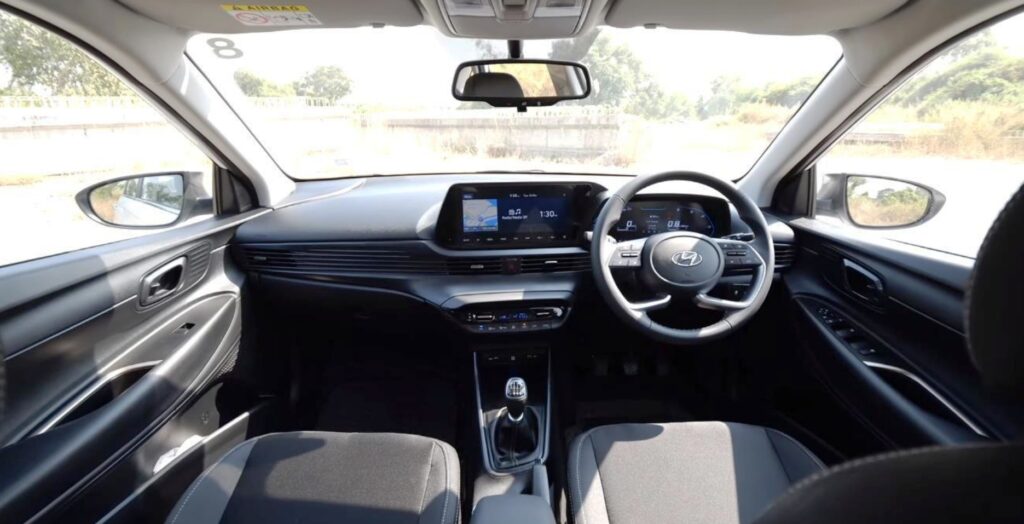
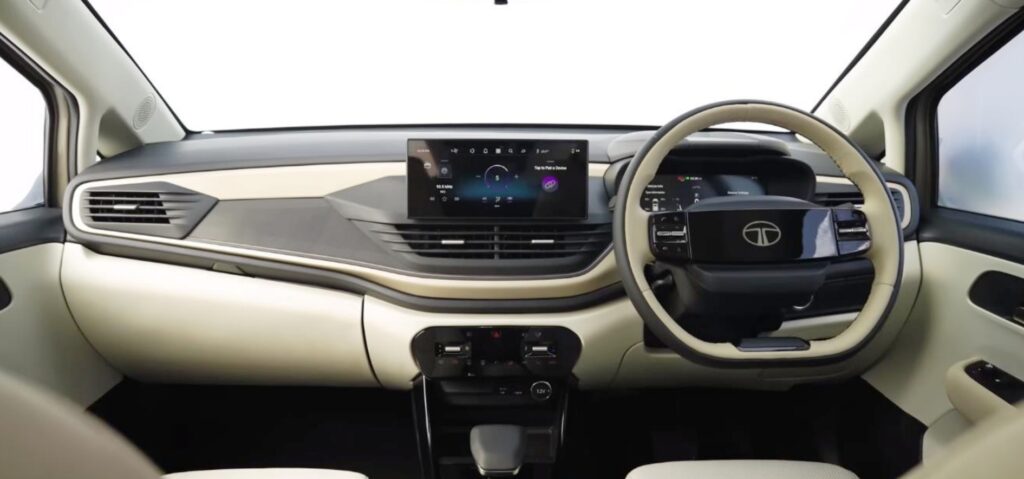
Design — From Every Angle, A Different Personality
Altroz is angular, aggressive, and confidently Indian. Its new front fascia feels like a mini Harrier — assertive, wide-shouldered, and unapologetically bold. The paint options have gone premium too, including a Purple shade that screams “I’ve arrived.”
The i20 is a different player in the segment. It’s about sophistication. The new DRLs, restyled grille, and alloy treatment whisper luxury instead of bellow. It’s smoother, more sleek, and glides below the radar with urbane subtlety. Where Altroz is robust, the i20 is grace.
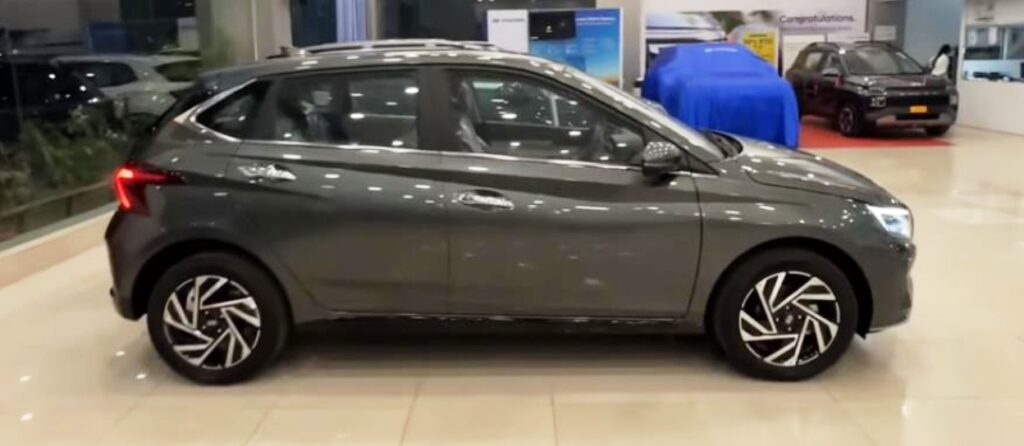
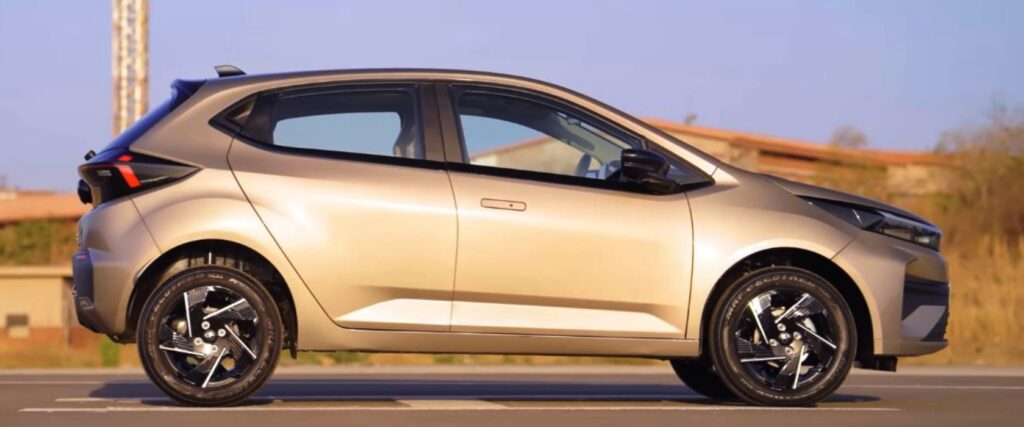
Performance — Punch vs Poise
The Altroz battles with diversity. Either it is the thrifty diesel, the spirited iTurbo petrol, or the fuel-efficient CNG version, you are offered flexibility. The diesel remains a highway star, delivering real-world 23–25 km/l fuel efficiency. Even the CNG does not sacrifice boot space due to twin-cylinder technology.
But the weak point? That AMT box. Though bettered, it still can’t compete with Hyundai’s silky CVT.
Enter the i20 — driven by a honed 1.2L petrol with IVT (Intelligent CVT). Not a dragster, no, but it makes traffic congestion a little less painful. The ride is plush, suspension supple, and the engine smoother than an FM radio RJ.
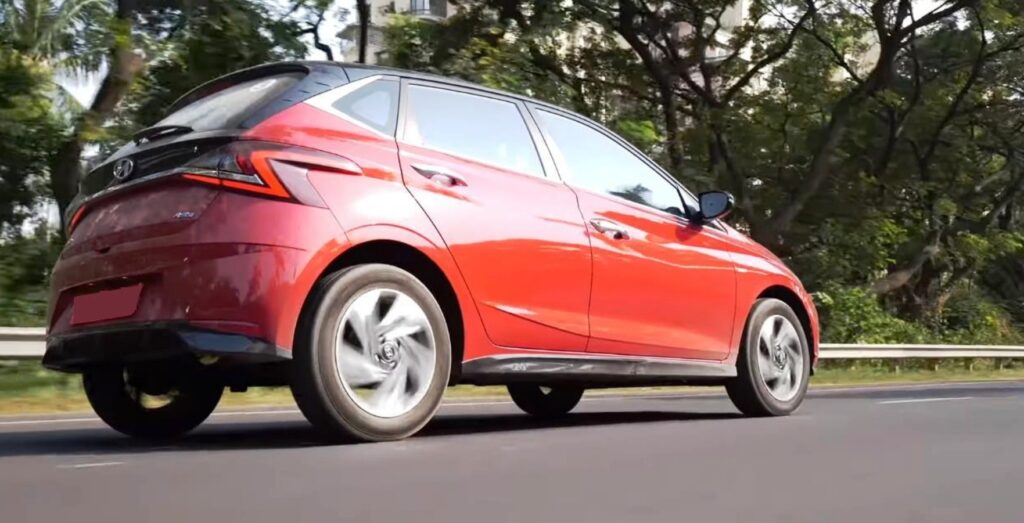
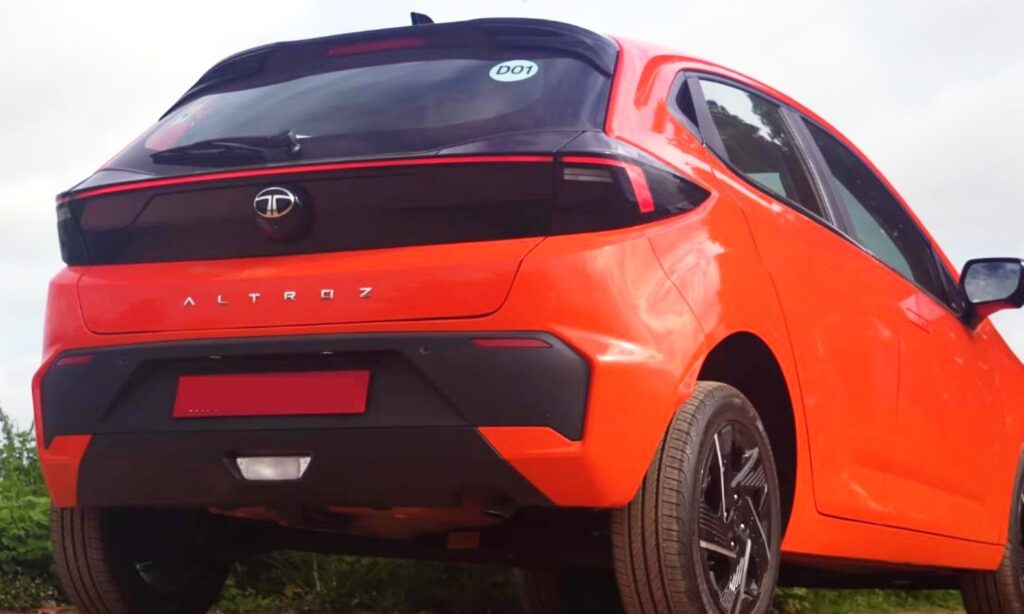
Safety — When Steel Talks Louder Than Style
If safety’s your middle name, Altroz is your car. Global NCAP 5-star rated, now with six airbags, ESC, TPMS, and ISOFIX as a standard in top variants. This is one of the few hatchbacks in India where you feel the strength and quality in the doors and panels.
The Hyundai i20, by contrast, jumps diesel and jumps crash testing — at least in the Indian model. While the global i20 performs well, the India-spec model hasn’t been officially crash-tested since the facelift. It does come with six airbags and ESC, but it’s lighter and softer to drive compared to both.
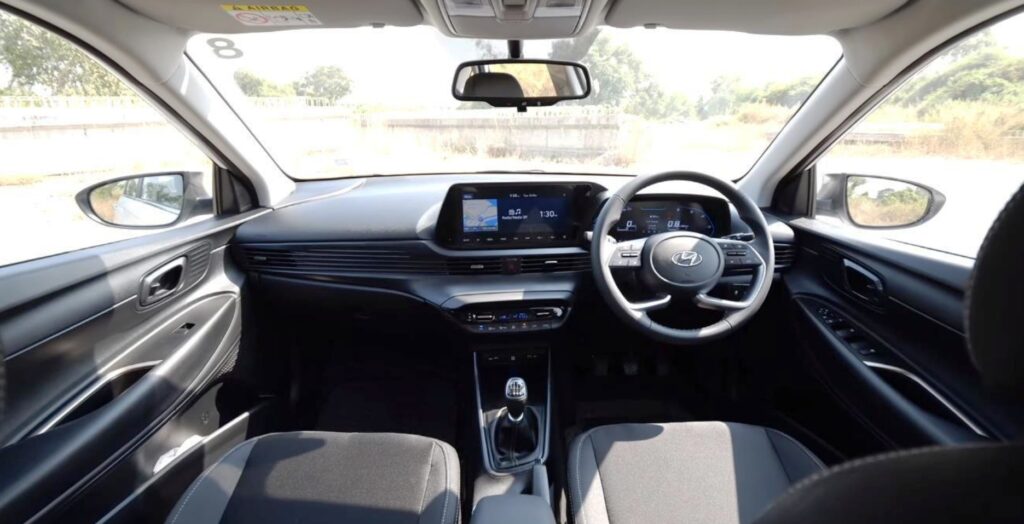
Capabilities — Who Does India Better?
Take the Altroz to Ladakh or Latur, and you’ll thank Tata’s engineers. It can handle bad roads, speed bumps, and potholes without breaking a sweat. High-speed stability is impressive, and ground clearance (165mm real-world effective) is practical.
The i20 is your city warrior. It’ll fit into small mall parking lots, U-turn on skinny roads, and provide smoothness in each traffic light stop. But on uneven ground or with five aboard, the ground clearance begins to feel like fantasy.

Pricing and Availability — The Money Game
In June 2025, here’s how they stack up (ex-showroom):
The new 2025 Tata Altroz Facelift: 6.89 lakh to 10.19 lakh
Hyundai i20 : 7.04 lakh to 11.21 lakh
Altroz provides you with more features in mid-trims and broader engine options at a lower entry cost. Hyundai provides a smoother drive but at a premium price — particularly in automatic trims.
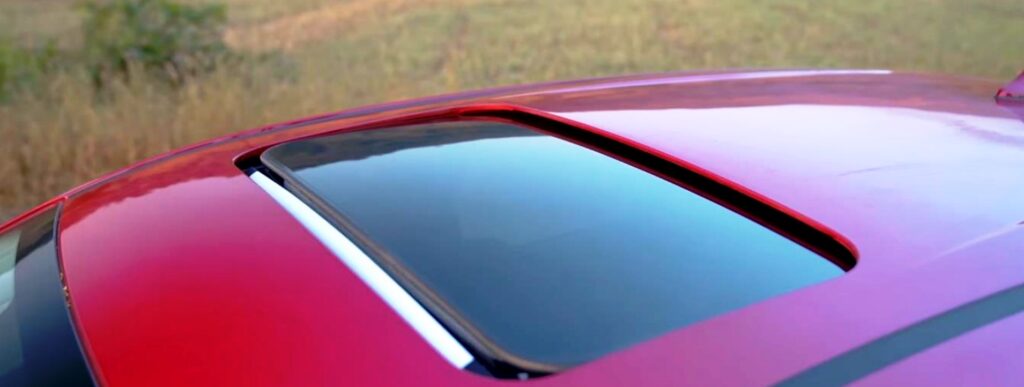
Pros and Cons
Altroz Wins With:
Diesel + CNG variants
5-star safety
Mid variants loaded with value
Tough road handling
i20 Wins With:
Smooth CVT automatic
Premium interior fit & finish
Hyundai’s after-sales peace of mind
Simpler for city drivers
Altroz Misses:
No decent torque converter auto
Infotainment still not class-best
i20 Misses:
No diesel or CNG
Lower safety guarantee in India-spec
More expensive for similar features
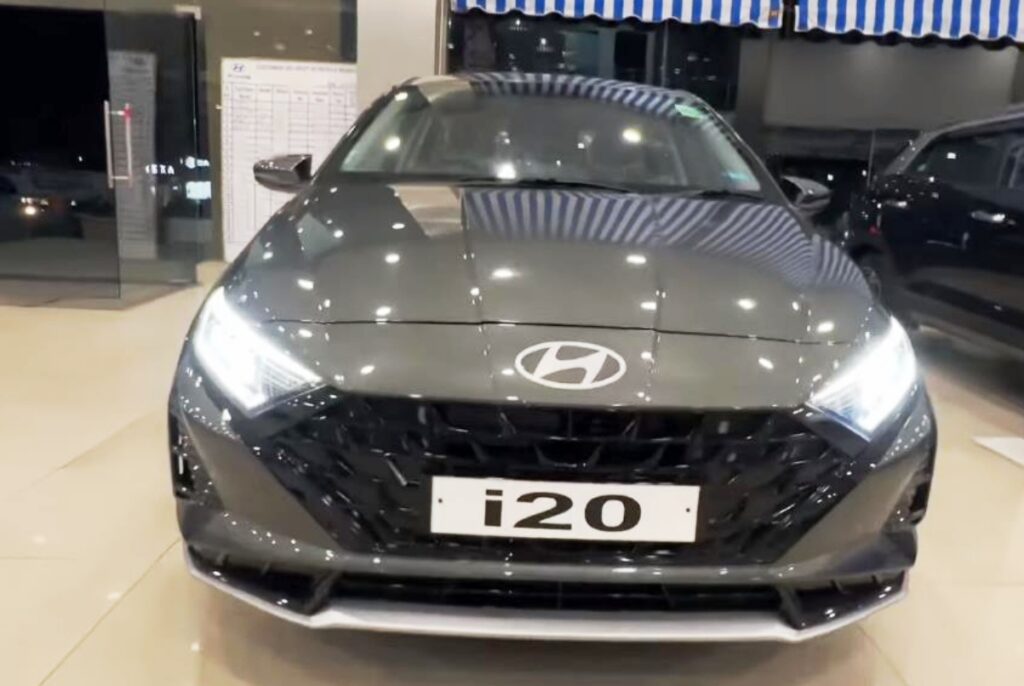

Final Verdict — The Road You Drive Decides the Car You Buy
If the car is your family’s second home, and your weekends are spent going out of town more than in a café — the Tata Altroz Facelift 2025 is a no-contest. It’s safer, stronger, and it offers more options.
In either case, you’re not sacrificing — you’re upgrading. In 2025, even a hatchback empowers you to decide who you would like to be behind the wheel.
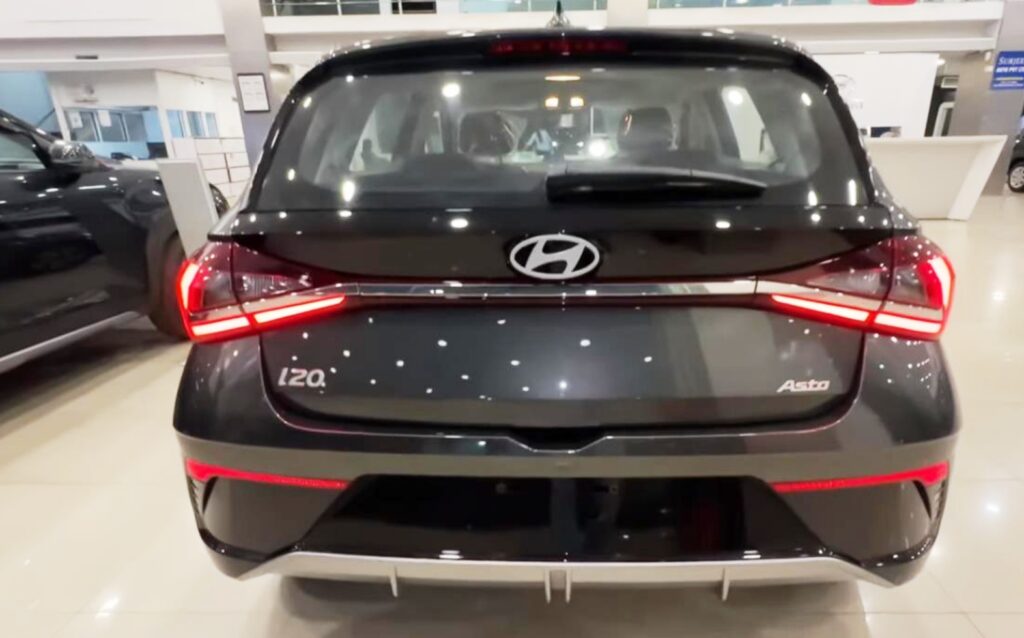
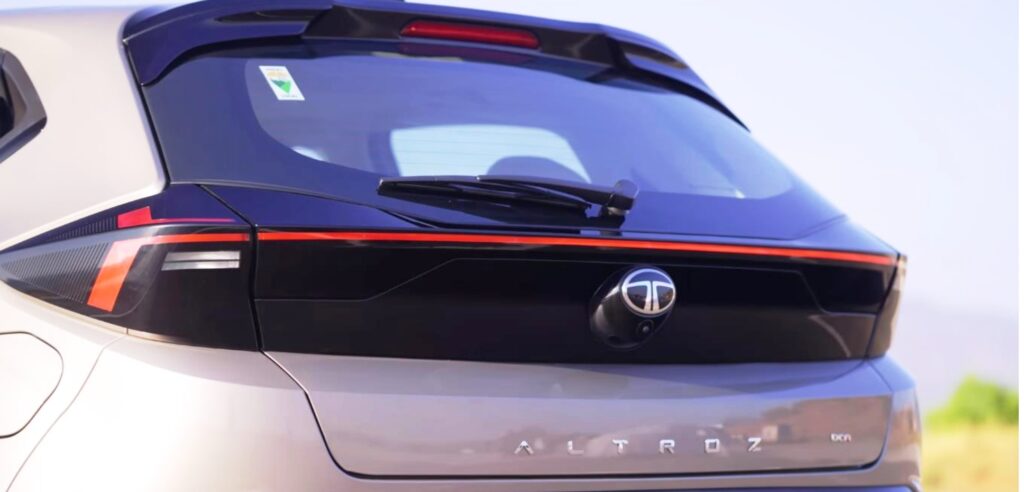
FAQ
Q1: Which is superior in 2025 – Tata Altroz Facelift or Hyundai i20?
A: Tata Altroz 2025 offers superior safety, diesel & CNG options, and rugged Indian-road capability. Hyundai i20 2025 delivers premium performance with city-friendly CVT drive.
Q2: Does the Tata Altroz 2025 have an automatic option?
A: Yes, it comes with an AMT gearbox for the petrol variant. While more smoother than before, it’s not as refined as Hyundai’s CVT.
Q3: Is the Hyundai i20 2025 fuel efficient?
A: Yes. The i20 CVT gives 18–20 km/l in practical city driving. Yet, the Altroz diesel engine is more fuel-efficient on the highway at 23–25 km/l.
Q4: Which hatchback is safer: Altroz or i20?
A: Tata Altroz is the winner with a five-star Global NCAP rating with six airbags. Hyundai i20 has six airbags but no official crash test data for the India-spec 2025 model.
Q5: Which is ideal for long drives or bad roads?
A: Tata Altroz takes rough roads more smoothly with its heavier chassis and better ride quality. Perfect for highways and country roads.
Q6: Which of them has more features in the top variant?
A: Both have wireless charging, air purifiers, and 6 airbags. Altroz throws in 360-degree camera and ventilated seats. i20 packs in more tech and connected features through Bluelink.

